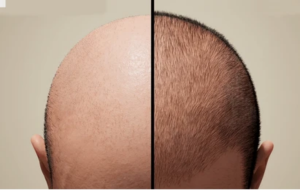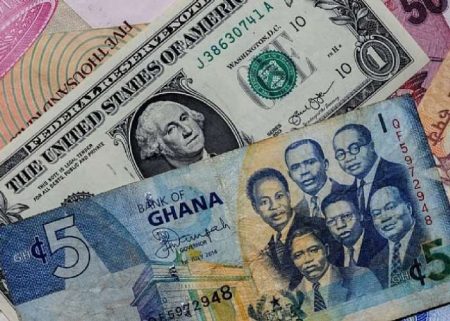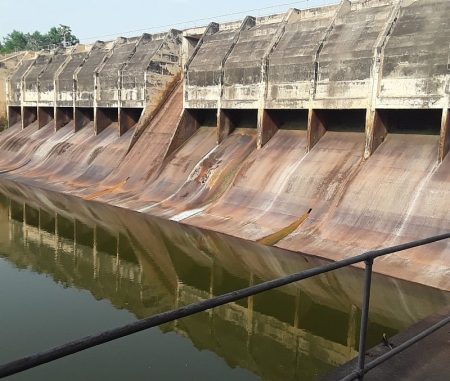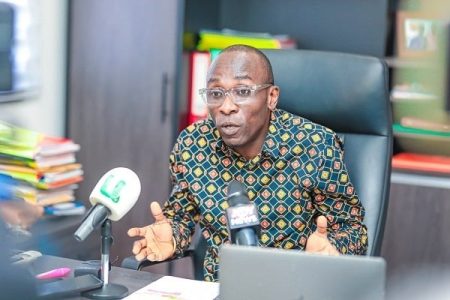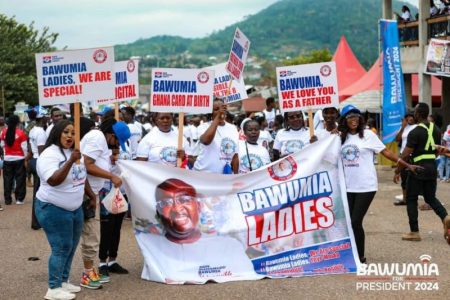The burgeoning African arts and culture scene, often lauded as a renaissance, faces significant systemic challenges that hinder its true potential. While international acclaim for African films and music grows, the reality for many artists on the ground is one of limited opportunities, bureaucratic hurdles, and a lack of infrastructure. This stark contrast between the celebrated narrative and the lived experiences of artists like Congolese actor and musician Anzor Alem highlights the fragile foundations upon which this cultural resurgence is built. Alem’s story, marked by cancelled auditions due to visa issues and stalled collaborations, exemplifies the struggles faced by many talented individuals across the continent. The absence of a robust support system, from financing to distribution networks, prevents these artists from reaching wider audiences and fully realizing their creative potential.
The current state of the African film and audiovisual industry is a paradox. Reports estimate the sector’s potential economic value to be in the billions, yet the continent suffers from a severe shortage of cinemas, hindering the distribution and accessibility of locally produced content. This disparity is further exacerbated by the concentration of resources in a few dominant markets like Nigeria and South Africa, leaving smaller countries with limited access to infrastructure and funding. This uneven development creates an illusion of growth while neglecting a vast pool of talent in other regions. The success stories celebrated internationally often mask the systemic neglect experienced by artists in less prominent countries, perpetuating a cycle of inequality within the industry.
The influence of international film festivals, while crucial for raising the profile of African cinema, inadvertently contributes to a skewed representation of the continent’s narratives. The selection process often favors stories focusing on poverty, conflict, and trauma, reinforcing stereotypical perceptions of Africa. This preference for specific themes limits the diversity of stories being told and marginalizes narratives of joy, innovation, and everyday life. Artists like Alem find themselves pressured to conform to these expectations, hindering their ability to showcase the full spectrum of African experiences and perpetuating a limited view of the continent’s cultural landscape. The dominance of these narratives reinforces existing biases and prevents a more nuanced understanding of African societies.
Beyond artistic choices, political and economic pressures further complicate the landscape for African filmmakers. State censorship in several countries restricts artistic freedom, deterring filmmakers from exploring sensitive topics that are crucial for societal reflection and change. The precarious financial environment, marked by fluctuating exchange rates and a lack of regional co-production treaties, discourages long-term investment, further hindering the industry’s growth. These combined pressures limit the scope of artistic expression and create an environment of uncertainty, making it difficult for filmmakers to plan and execute projects, particularly those that challenge the status quo or address controversial issues.
Alem’s experiences encapsulate the challenges that characterize the industry. While his work has gained some online visibility, the lack of funding, bureaucratic obstacles, and visa issues have repeatedly hampered his progress. This digital visibility, while offering a platform for exposure, does not translate into tangible opportunities or sustainable career paths. The inability to secure funding or collaborate with international partners due to visa restrictions keeps artists like Alem trapped in a cycle of potential unrealized. This disconnect between online presence and real-world opportunities highlights the limitations of digital platforms in addressing the systemic issues facing the African arts scene.
The future of the African arts and culture scene hangs in the balance. The continent faces a crucial choice: either continue supplying content to global platforms without developing its own infrastructure or prioritize coordinated reforms that foster a sustainable and self-reliant industry. The current trajectory risks perpetuating a cycle of dependency where African talent is exploited without contributing to the development of local economies and infrastructure. The alternative requires strategic investment, policy reform, and a commitment to building robust local ecosystems that empower artists and ensure the long-term growth of the industry. This includes investing in training, production facilities, distribution networks, and regional collaborations that strengthen the entire value chain. The future hinges on whether African governments and private investors recognize the immense potential of the creative sector and take decisive action to unlock its transformative power. The story of artists like Anzor Alem underscores the urgency of addressing these challenges, not only for individual artists but for the future of African cultural expression and economic development.


